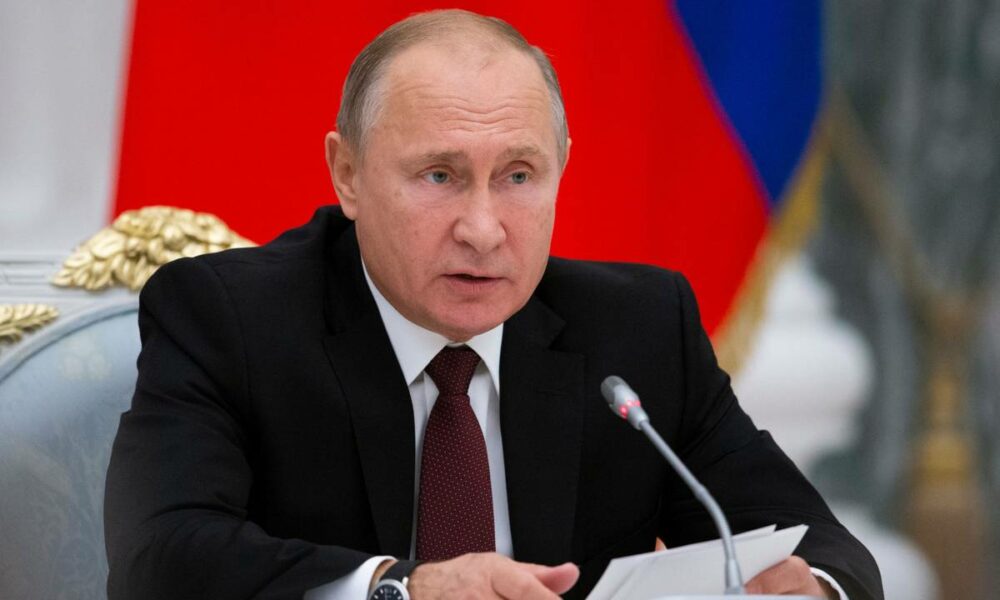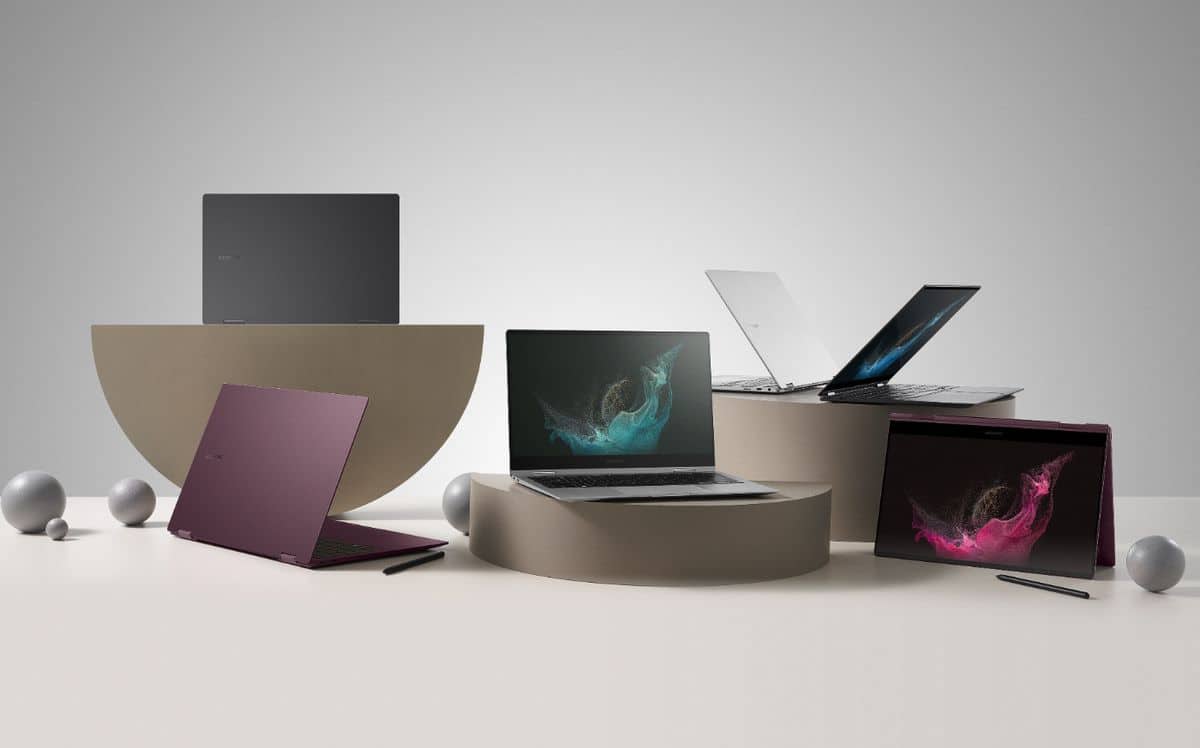
The situation of Russia in its attempt to conquer at least part of the Ukraine, it seems to be far from fulfilling the Kremlin’s forecasts. Apart from its apparent setback in the conflict zone, it seems that the Eurasian country is having problems with the supply of chips or at least that is what was published by Kommersant, a Russian newspaper dedicated to political and economic issues with an editorial line allegedly favorable to Vladimir Putin.
According to various media in English that have mentioned Kommersant, the proportion of defective chips that Russia imported before the war was 2%. This percentage cannot be considered as good considering that currently many low-end components offer enough quality within their limitations, but after the application of Western sanctions, this has increased to 40% of the total. This means that almost one in two chips imported by Russia is defective.
Sanctions have severely limited Russia’s ability to acquire chips legally, so the country has been forced to deal with Chinese companies through the gray market. The problem with the gray market is that it is full of opportunists who are waiting to sneak in defective or poor quality material, as well as being slower in supplying the goods.
The problems with the importation of chips have forced Russia to have to take semiconductors from household appliances such as refrigerators and washing machines to implement them in its tanks, which reveals a situation of technological precariousness that probably has something to do with the results it has obtained so far. in his invasion of the Ukraine.
China, officially, has maintained a certain equidistance around the war stemming from Russia’s invasion of Ukraine. Despite being considered an ally of the Vladimir Putin regime, it is no less true that China has the ability to play with its own deck and put its interests first. This is added, paradoxically, to the sanctions imposed on some companies such as Huawei and ZTE.
We will see how Russia manages seeing its apparent problems with the supply of chips, because with such a high percentage of defective units it is obvious that they are giving him a cat for a hare. On the other hand, the country’s government long ago announced its intentions to manufacture chips using a 28nm process by 2030. If we see that Intel’s Ivy Bridge microarchitecture used a 22nm manufacturing process and was commercialized in 2012, it is evident that Russia It does not have great capabilities to manufacture chips, and that if it does.



